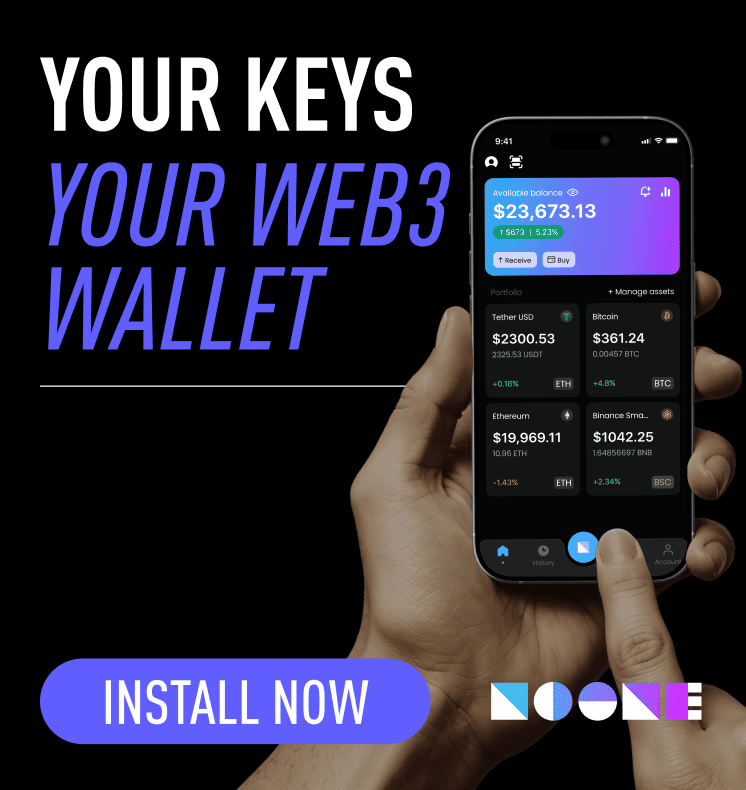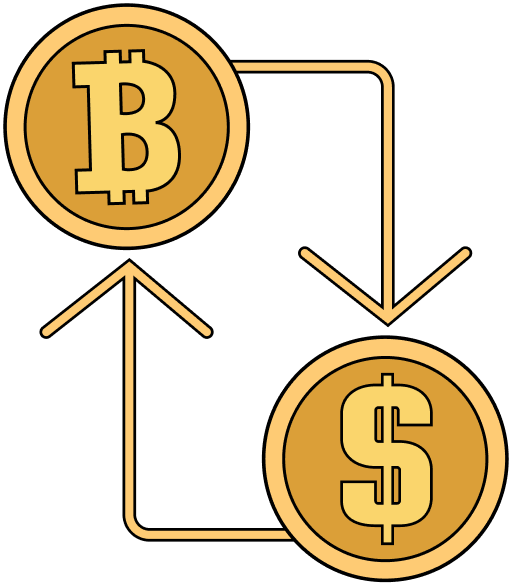Introduction
SunSwap is a decentralized exchange (DEX) launched on the TRON blockchain network whose users can trade TRC-20 tokens from their own digital portfolios directly. Since no central authority is managing the trades, SunSwap has the mission of providing the world with an open, fast and inexpensive way to exchange digital assets. As the primary DEX of TRON, it is a significant component of the network as it provides it with assistance in the form of liquidity and facilitates users to participate in decentralized finance (DeFi) action. In the following article, we’ll go into details regarding the operation of SunSwap, its features and why it is an integral component of the network of TRON.
What is SunSwap?
SunSwap is a decentralized exchange where you can swap TRC-20 tokens without the presence of an intermediary. SunSwap operates via smart contracts, so the deals are done automatically and are inscribed in the TRON blockchain. SunSwap does not hold custody of your funds like classical exchanges do; instead, it gives users control over assets throughout the process of exchange.
It is a fork of the open-source Uniswap protocol, modified for the TRON blockchain network. It has the same features of token swapping, provision of liquidity and yield farming as the original version but with TRON’s significantly low transaction fees. This is what makes it particularly appealing to the users who wish to escape the high gas fees prevalent in the Ethereum-based platforms.
SunSwap is part of TRON’s foray into the DeFi market. It is also backed by the TRON Foundation and is integrated with other TRON-powered service and tools. It is accessible through the web browser or is integrated with various TRON-compatible cryptocurrency wallets.
How SunSwap Works
It operates with automated market maker (AMM) technology. Instead of the old-fashioned order books, AMMs make trades through liquidity pools. There are two tokens supplied by the users in each pool. In return, they get to benefit from a fraction of the fees from trades and also receive Liquidity provider (LP) tokens as their representation of ownership of the pool.
In the process of swapping the token, the smart contract calculates the price of the exchange by the fraction of the tokens in the pool. The more tokens you want to buy the higher the price you will pay – this is due to the concept of “slippage.” It balances supply and demand in real time without the requirement of matching buyers and sellers.
SunSwap smart contracts handle everything from deposit to trade to withdraw. That removes the middleman and also renders the system fully decentralized. Everything is out in the open and visible on the TRON blockchain.
Main Features of SunSwap
Its simple-to-use interface is perhaps the most notable of SunSwap features. Even inexperienced users of decentralized finance are able to readily navigate the site and perform token exchanges. It also has direct integration with TRON-standard wallets like TronLink so as to provide rapid and secure access to funds.
Another significant feature is the liquidity mining provision. Members deposit tokens into liquidity pools and are rewarded in the long term. Rewards are usually in the form of fees from trades and other token rewards, sometimes through special offer schemes or farming campaigns.
Transparency is also the mission of SunSwap. Since it works with smart contracts, the users get to see exactly what is transacted and what happens with the liquidity. This transparency fosters trust and attracts users who want more control over their financial lives.
History and Development of SunSwap
SunSwap has its origin in JustSwap from August 2020 when it was founded by the TRON Foundation. It was among the pioneer DeFi applications operating in the TRON network. As the DeFi market evolved, the development team opted to rebrand and also improve the functions of the application. In August of the year 2021, JustSwap was formally renamed SunSwap.
The rebrand also involved backend improvements, new liquidity solutions and enhanced integration with the broader TRON ecosystem of projects such as SUN.io and JustLend. The idea was to develop a more complete DeFi experience with the TRON brand behind it. Since its inception, SunSwap has expanded in terms of users and day-to-day trades processed. It is now one of the most significant applications operating on the TRON network and serves to enable decentralized finance and decentralized trading for the global populace.
Token Standards and Compatibility
SunSwap only accommodates TRC-20 tokens, the industry standard for smart contracts on the TRON network. TRC-20 tokens resemble Ethereum’s ERC-20 but are more optimized for the fast and cheap transactions of the TRON network. Any project releasing TRC-20 tokens can get them listed on SunSwap by adding liquidity.
TRC-20 compliance also ensures users can readily shift their tokens from one TRON-enabled platform to another, be it lending sites, NFT exchanges, or applications exclusively for staking. This inter-platform portability fortifies SunSwap as the hub of the TRON DeFi ecosystem.
Further, the users can also create two-trade pairs between any two of the TRC-20 tokens. This is also open and permissionless – anyone can create a pool, add liquidity and start earning.
How to Use SunSwap
It is easy to get started with SunSwap. Initially, users require a Tron-compatible wallet like TronLink. Upon installing the wallet and topping up the wallet with TRX (the native cryptocurrency of the TRON network), the users can link the wallet to SunSwap via the website.
When you are connected, you can trade tokens simply by selecting the desired token pair and entering the amount. The website then calculates the expected output and displays the fees and slippage automatically. When you confirm the trade, it is executed on-chain and the tokens arrive in the user’s wallet virtually instantaneously.
Adding liquidity is equally straightforward. Users select a pair, add equal quantities of the two tokens, and receive LP tokens in return. LP tokens can then be redeemed to take out the original deposit amount and earned fees.
You should also monitor the impermanent loss – the risk built-in from the price disparity of the two tokens in one pool. This applies to every AMM and must be understood before you provide the liquidity.
Role of SunSwap in the TRON Ecosystem
It is not just another DEX – it is the basis of decentralized TRON trading. It seamlessly interlinks users, developers, and projects. For users, it is cheap and fast trading. For developers, it is where new tokens could be listed and make liquidity. For the network, it adds richness to the financial arsenal of TRON.
Many other TRON-powered networks inter-operate with SunSwap. TRON’s lending protocol JustLend, for example, utilizes SunSwap to obtain up-to-date token prices in real time. The broader TRON network also has farming programs to incentivize SunSwap liquidity, leading to participation and growth cycles.
It thus directly contributes to the objectives of aiding TRON in building a complete and cheap DeFi environment. As the main market hub, it attracts adoption and keeps the users in the network.
Security and Risk
Decentralized SunSwap is not risk-free either. There is still the potential for scams, pseudo-tokens, and smart contract bugs as with any DeFi service. Open-source SunSwap also entails anyone can create the token and the respective trading pair, and sometimes scams are the result of this.
It is safest to verify tokens before you trade or provide liquidity. Remaining with proven sources and established projects can circumvent most of the typical pitfalls.
While SunSwap smart contracts have been tested, no system is completely immune from defects. As with anything else, users should stay current and only use what they’re willing to lose.
Conclusion
SunSwap is the go-to decentralized exchange of the TRON blockchain network. Offering low fees, fast settlement rates, and simple swap and earn tools, SunSwap is an open gateway into TRON-powered DeFi. Whether you’re swapping coins or lending liquidity, SunSwap gives users full control with no middlemen needed. Its positioning in the TRON ecosystem is only growing, helping users and programmers develop more efficient, decentralized financial programs. As long as TRON is one of the big blockchains out there, SunSwap is going to remain at its foundation – a simple, efficient tool of peer-to-peer exchange of digital assets.














 Twitter
Twitter
 Telegram
Telegram
